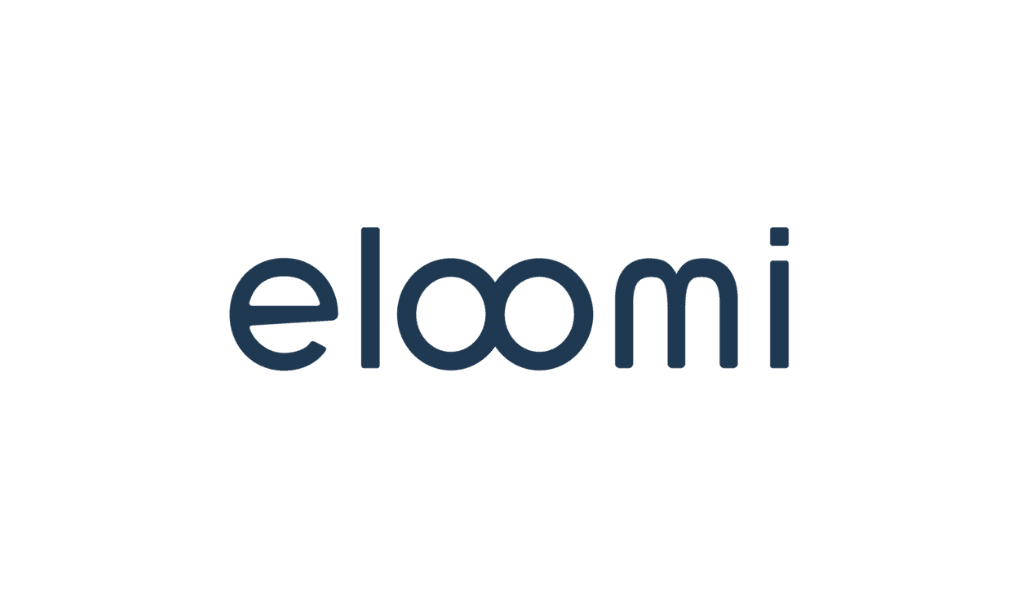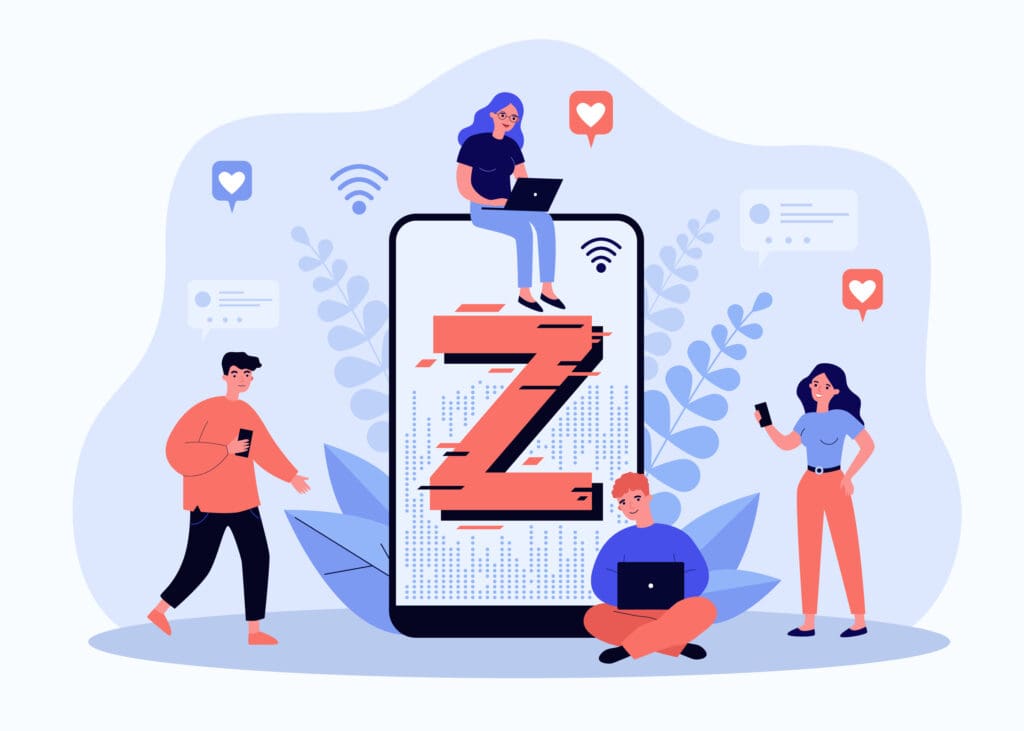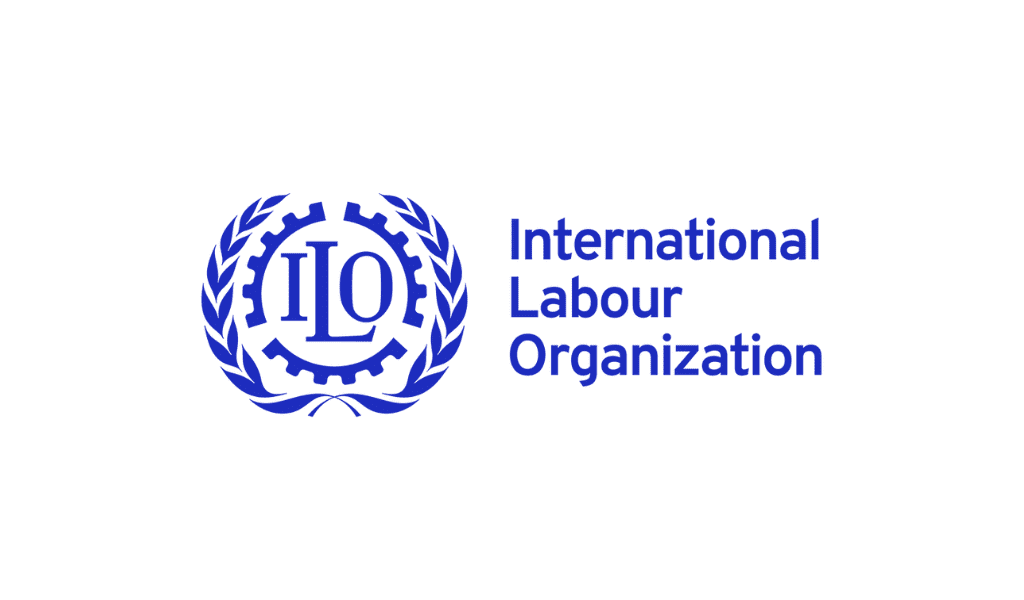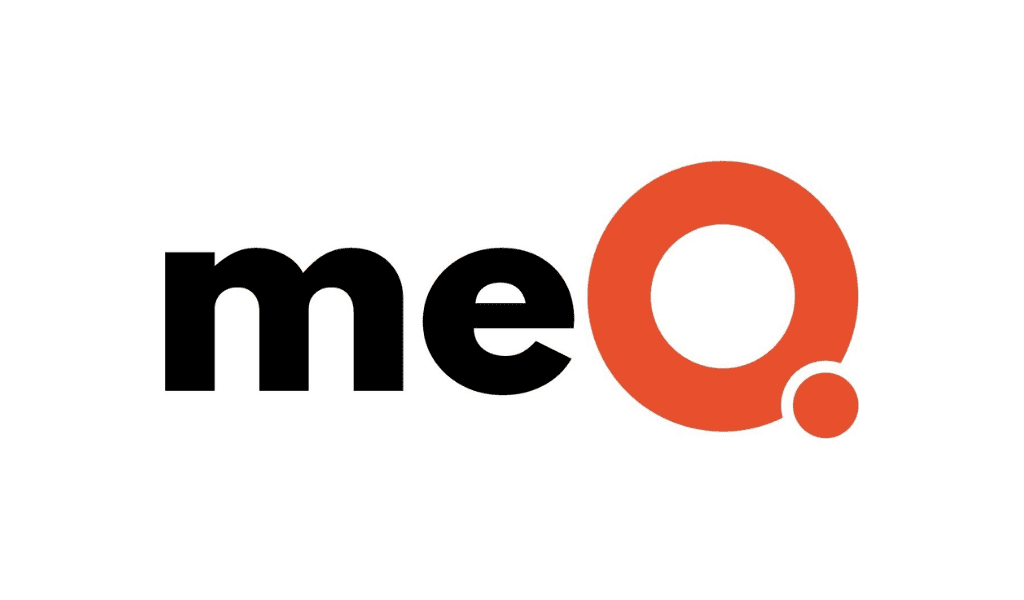Find out what’s trending in six sectors of the HR services market based on annual research.
By Gary Bragar
The HR outsourcing market is changing and the top trend that has emerged this year across all HR service lines is a focus on improving the user experience for both job candidates and current employees. There is a renewed commitment to making things as easy as possible through the use of technology, whether it be by adopting one integrated system for all HR needs, improving ease of system use, or leveraging bots to provide quick answers to inquiries, improving customer service.
For example, one payroll provider has introduced chatbots into its platform to enhance the employee experience.
- In a chat box, an employee can ask any HR question and get a response from a bot.
- If unable to answer the question, the employee can opt to go to live chat.
- If still unable to get to a solution, the employee is sent a link with the phone number to reach a service representative.
And this evolution is only expected to continue in the coming years. NelsonHall’s global business process services (BPS) market forecast for 2018 to 2022 reveals the overall HR services market will grow at 6 percent in 2019, reaching approximately $104 billion. A major driving force of this growth is the shift toward digital transformation, wherein more partners leverage technology to redesign processes and improve the user interface. Though outsourcing remains strong, more buyers can afford technology-only solutions.
Below is a look at the trends by HR service line, including some predictions within each for 2020.
Cloud-Based, Multi-Process HR Services (MPHRS)
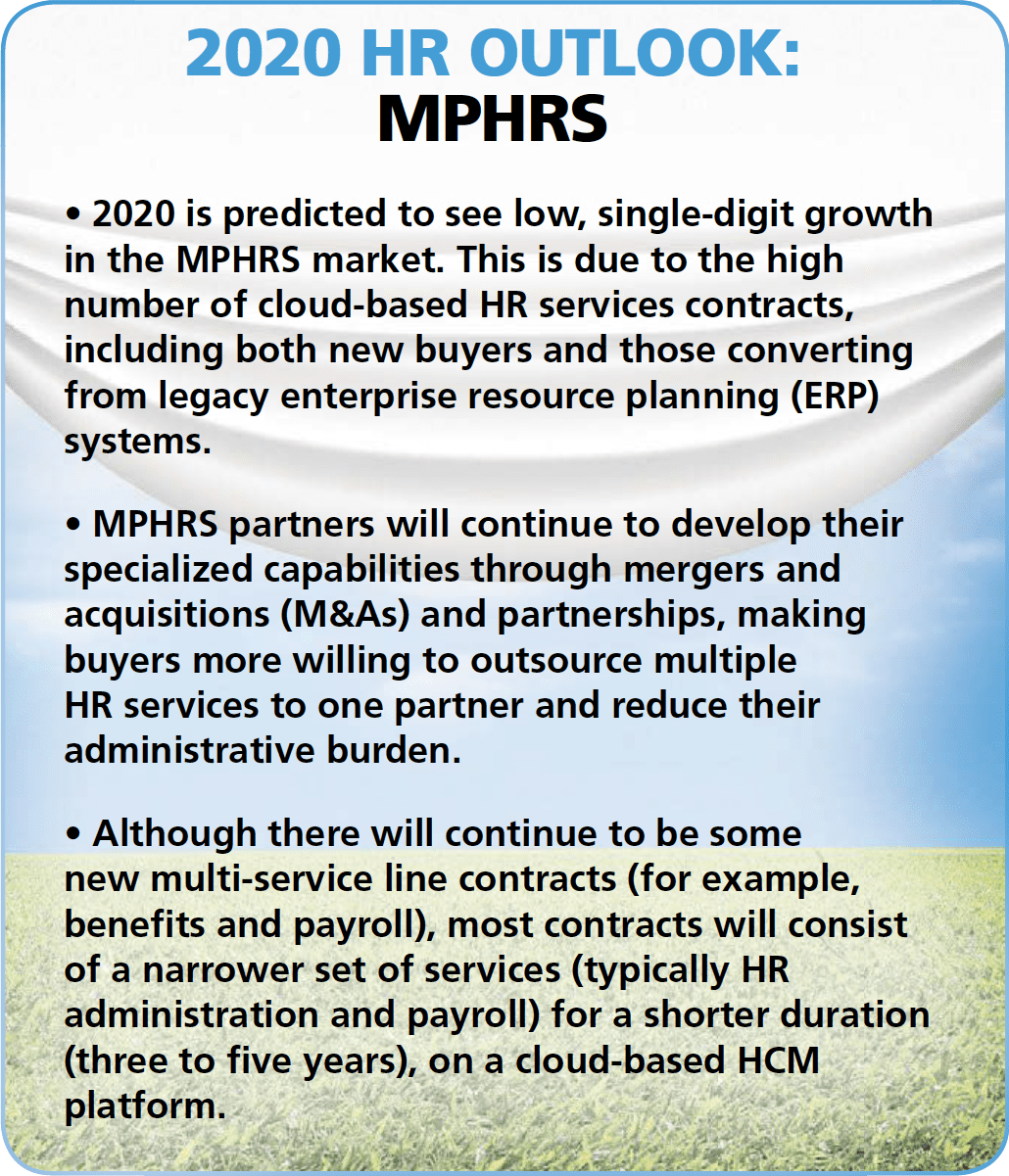 MPHRS contracts were the only HR service line to see a slight decline in growth in 2019 due to the consolidation of outsourced services and the rise of technology-led contracts. About half of MPHRS contracts were delivered on a cloud platform in 2019, up from about 40 percent in 2018, leaving a significant growth opportunity for HR partners to support buyers seeking a shift to the cloud. Currently, the top cloud-based human capital management (HCM) platforms hosting MPHRS include Workday with 27 percent of the market, SuccessFactors with 25 percent, and Oracle Cloud HCM with 19 percent.
MPHRS contracts were the only HR service line to see a slight decline in growth in 2019 due to the consolidation of outsourced services and the rise of technology-led contracts. About half of MPHRS contracts were delivered on a cloud platform in 2019, up from about 40 percent in 2018, leaving a significant growth opportunity for HR partners to support buyers seeking a shift to the cloud. Currently, the top cloud-based human capital management (HCM) platforms hosting MPHRS include Workday with 27 percent of the market, SuccessFactors with 25 percent, and Oracle Cloud HCM with 19 percent.
HCM Platform Technology
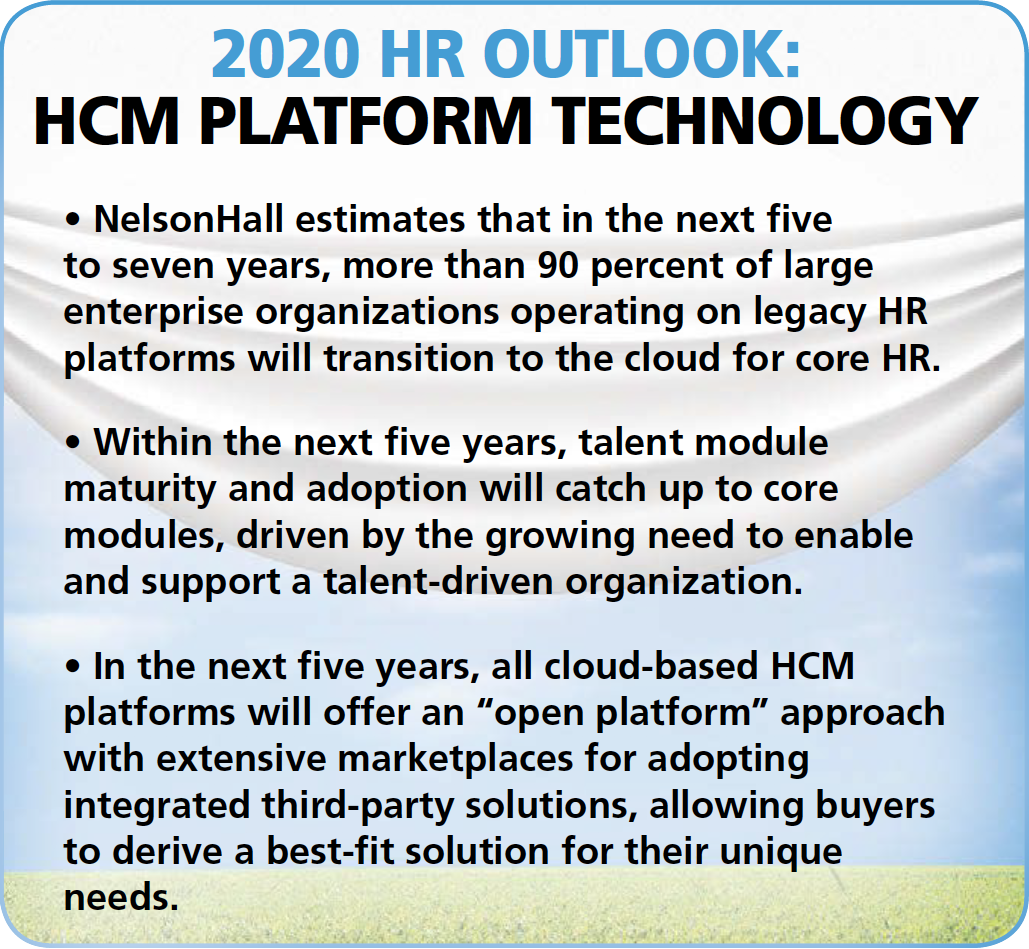 Companies of all sizes continue to adopt cloud-based platform technologies to enable digital HR transformation. North America remains the largest adopter of cloud-based HCM platforms, with demand steadily increasing in EMEA and APAC.
Companies of all sizes continue to adopt cloud-based platform technologies to enable digital HR transformation. North America remains the largest adopter of cloud-based HCM platforms, with demand steadily increasing in EMEA and APAC.
The middle market remains the highest adopter of cloud-based HCM platforms, with smaller buyers on the rise who seek to leverage modern HR technologies in line with their larger peers. NelsonHall estimates that between 55 and 60 percent of organizations have transitioned to the cloud for core HR processes, with many large enterprise buyers operating with legacy on premise platforms that will lose support in the next six to seven years.
While core HR, payroll, and time management modules remain the highest adopted, adoption for talent modules is steadily increasing as organizations focus on acquiring and developing top talent.
Access to on-demand, analytic reporting that enables HR to make informed decisions through predictive insights into the total global workforce has become a critical tool for HR. Artificial intelligence (AI), machine learning (ML), and natural language processing (NLP) capabilities are becoming increasingly common in both consumer and workplace technologies and are augmenting HCM users to deliver personalized experiences and enhanced outcomes.
Payroll Services
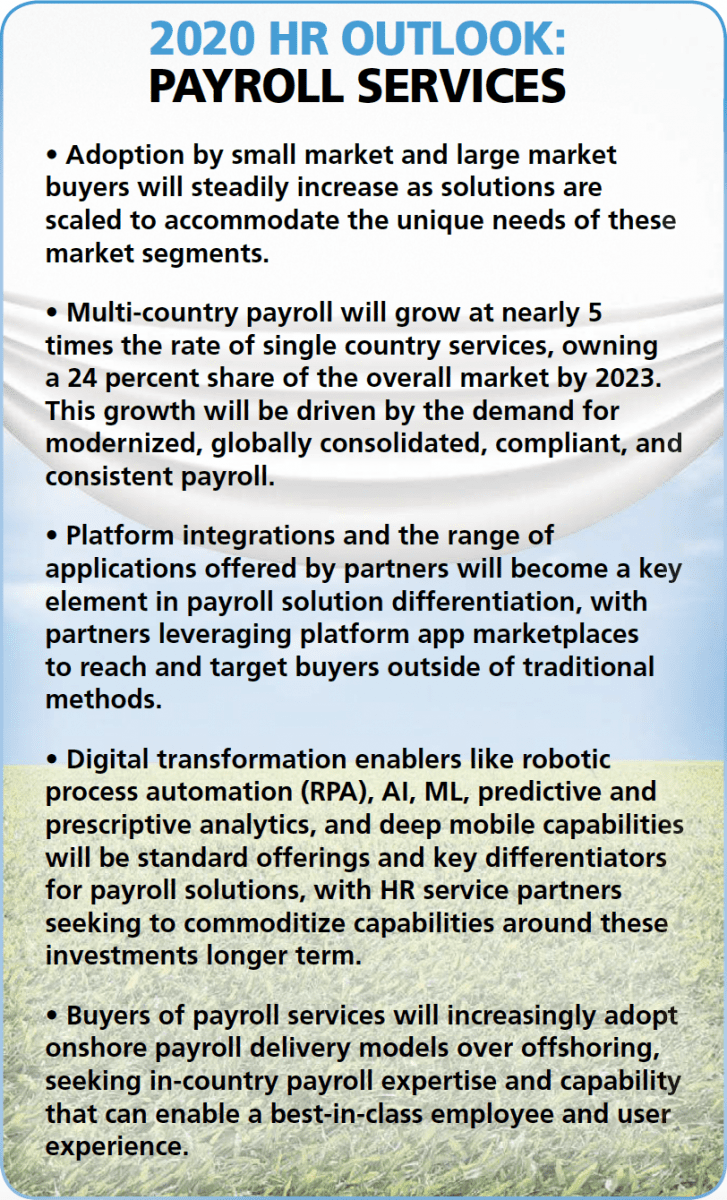 Considering the maturity of the market, payroll remains quite strong, growing at over 4 percent annually. While middle market buyers remain the largest users of managed payroll services, adoption is increasing in both the small and large market segments, driven by the demand for modern cloud platforms and globally consolidated solutions. Payroll transformation has become a critical priority and many buyers are seeking to future-proof payroll operations by consolidating payroll to a single platform, user experience, and delivery model globally.
Considering the maturity of the market, payroll remains quite strong, growing at over 4 percent annually. While middle market buyers remain the largest users of managed payroll services, adoption is increasing in both the small and large market segments, driven by the demand for modern cloud platforms and globally consolidated solutions. Payroll transformation has become a critical priority and many buyers are seeking to future-proof payroll operations by consolidating payroll to a single platform, user experience, and delivery model globally.
Multi-country payroll services are rapidly increasing in demand and continue to grow at more than twice the overall market rate, as businesses of all sizes are expanding operations to new international locations and increasingly require payroll solutions that can support growth and scale in emerging geographies. Growth is being driven by the demand for consolidation of payroll suppliers, greater visibility of the global workforce and associated analytics, increased control over risk and compliance matters, and a demand for a more modern, future-proof cloud platform that can seamlessly integrate with the HCM landscape.
Benefits Administration Services
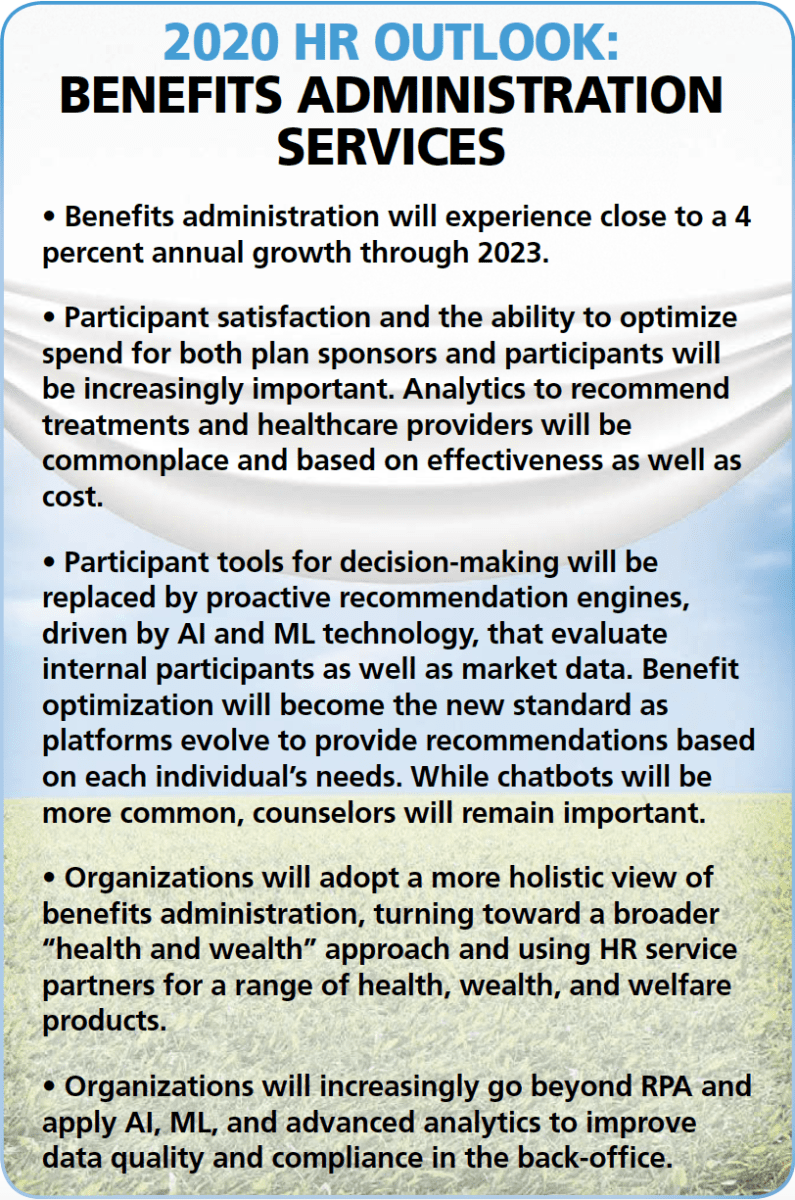 Companies are seeking best-in-breed benefits suppliers, often for a single benefit administration service line. Retirement plan contracts continue to dominate most contract announcements; however, health and welfare remains the largest revenue percentage of benefits administration (59 percent in North America).
Companies are seeking best-in-breed benefits suppliers, often for a single benefit administration service line. Retirement plan contracts continue to dominate most contract announcements; however, health and welfare remains the largest revenue percentage of benefits administration (59 percent in North America).
Top drivers of benefits administration outsourcing include modernizing technology platforms and improving the participant experience. Most technology developments around the participant experience are centered on helping employees become more effective consumers, with the emergence of personalization based on life events. Partners are also beginning to integrate health, wealth, and welfare within a single consumer interface.
RPA, AI, and ML technologies are also emerging, with chatbots and automated virtual assistants mobilized to answer basic questions. Advanced analytics are beginning to be applied to identify the most cost-effective treatments and healthcare providers.
Learning Services
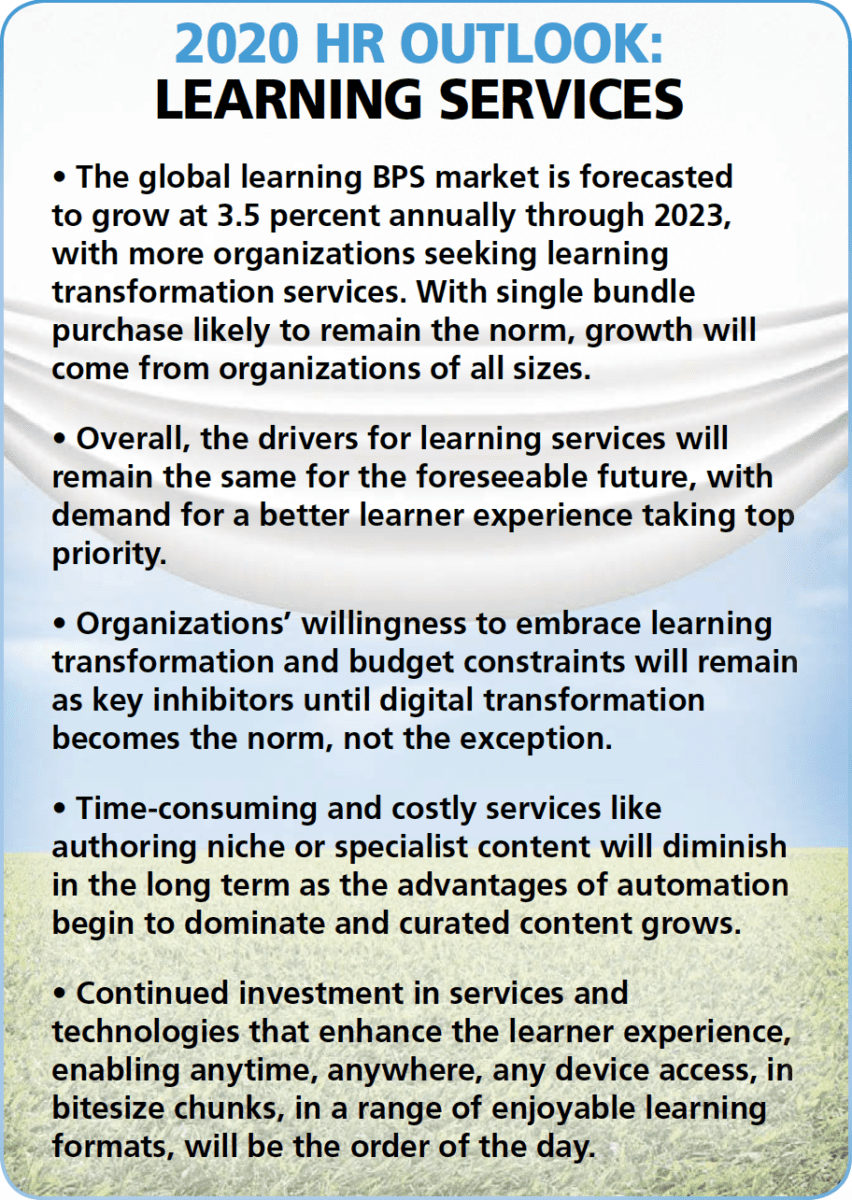 More organizations are embracing an integrated learning BPS model that is characterized by a collaborative partnership and focused on performance, with training objectives aligned with wider business objectives.
More organizations are embracing an integrated learning BPS model that is characterized by a collaborative partnership and focused on performance, with training objectives aligned with wider business objectives.
Organizations are buying learning services in more piecemeal ways, starting with a single service and then adding other learning services over time. The top drivers for engaging in a learning BPS relationship are:
- cost savings;
- the benefits of long-term partnership;
- access to expertise around learning trends and the latest platforms;
- higher learner engagement through better content and delivery; and
- a standardized approach to learning.
Recruitment Process Outsourcing (RPO) Services
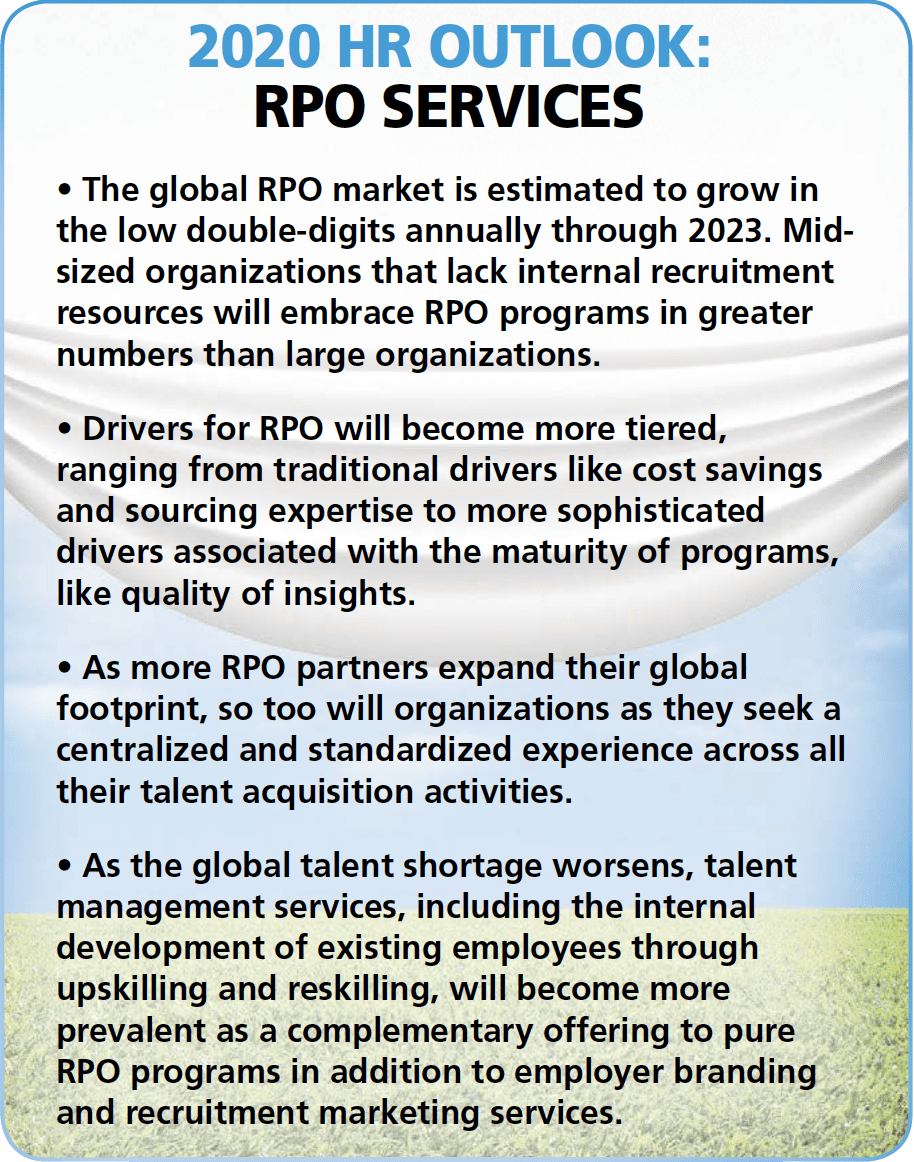 Recruitment priorities for organizations focus on addressing talent shortages, embracing technology and tools, and becoming more agile. The pace of change is accelerating and more organizations are seeking external expertise from RPO partners to help them navigate these challenges. RPO partners have adapted to the changing market by offering more choices in RPO models and programs, and have begun bundling their expertise into consultancy services that are sold as either standalone advisory services or as part of an RPO program.
Recruitment priorities for organizations focus on addressing talent shortages, embracing technology and tools, and becoming more agile. The pace of change is accelerating and more organizations are seeking external expertise from RPO partners to help them navigate these challenges. RPO partners have adapted to the changing market by offering more choices in RPO models and programs, and have begun bundling their expertise into consultancy services that are sold as either standalone advisory services or as part of an RPO program.
Organizations that have partnered with RPO partners for at least one contract cycle are focusing on how continuous improvement in services and technology, including better market insights and improved candidate experience, can minimize the impact of talent shortages on their businesses.
Gary Bragar is HR services research director of NelsonHall.

